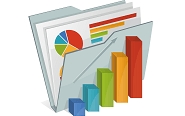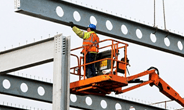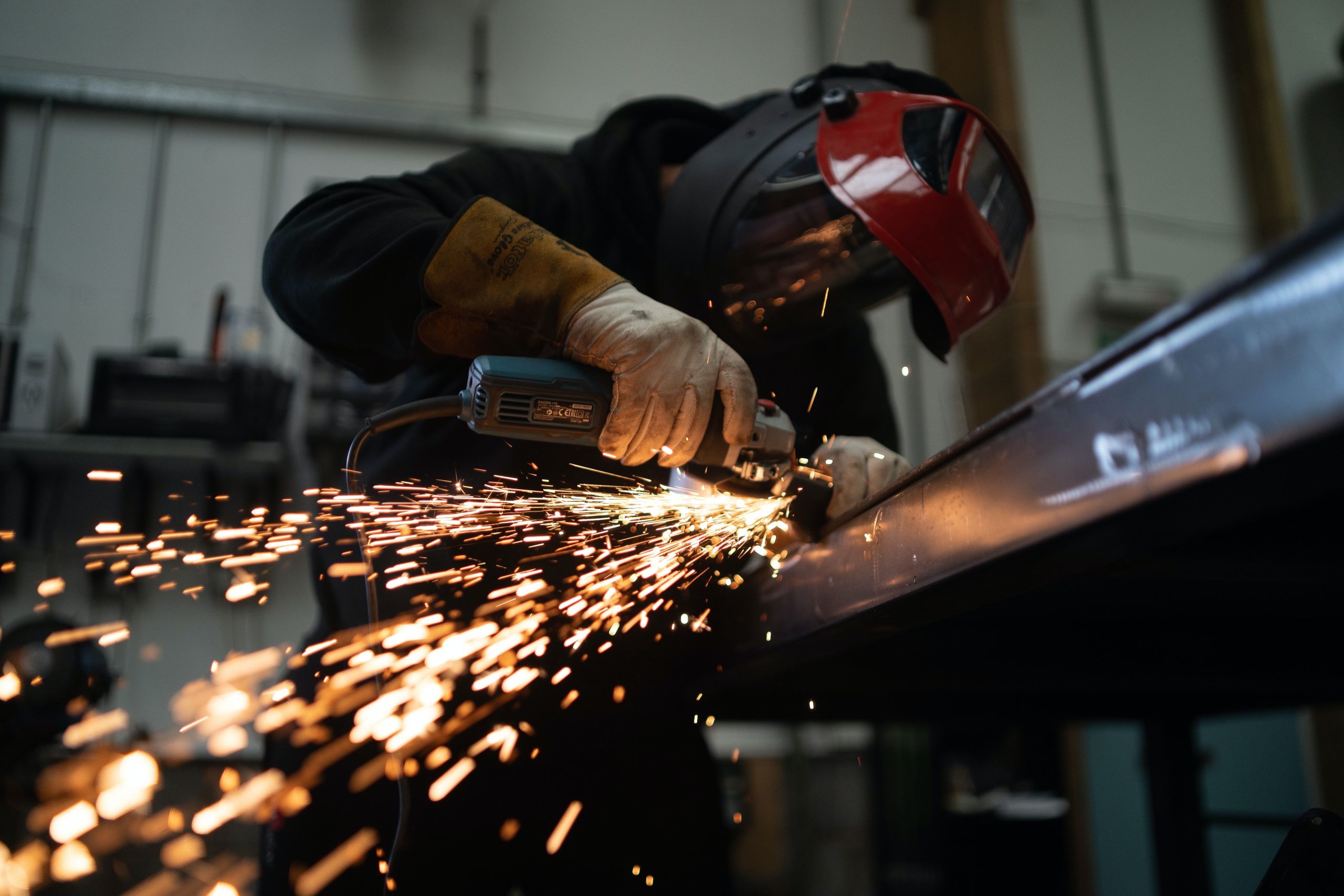Economy

EUROFER: Steel Imports Growing Faster than Domestic Shipments
Written by Sandy Williams
October 25, 2018
Trade measures by the U.S. are causing concern for the European steel market, according to a new report by the European Union steel association EUROFER. Steel imports are growing faster than domestic shipments by EU mills, according to the Economic and Steel Market Outlook 2018-2019.
“Growth is stabilizing in EU steel markets, in line with expectations,” said EUROFER Director General Axel Eggert. “However, the various challenges facing the sector will impact us in the coming months. Trade tensions could clearly upset the market’s balance, as could slowing demand in other parts of the economy.’’
Apparent steel consumption in the EU grew 4.4 percent year-over-year in the second quarter of 2018 on demand and stock building. Import market share rose from 23.2 percent in the first quarter to almost 25 percent in the second quarter, confirming concerns that steel exporters would divert volume to the EU ahead of safeguard measures. Steel consumption is forecast to rise 2.2 percent in 2018 and another 1.1. percent in 2019.
“EU steel market fundamentals are expected to remain supportive to a continued but moderate increase in apparent steel consumption,” said EUROFER. “However, ongoing trade frictions with the U.S., and cooling global demand, suggest that external risks could continue to climb, which in turn would increase uncertainty and lead to weakening prospects for EU steel users.
“Moreover, other trade barriers which are being considered by the Trump administration, such as tariffs on EU automotive exports to the U.S., could lead to a further escalation of the trade dispute and have a damaging impact on steel demand.”
Production increased in all the steel-using sectors during the second quarter except for the steel tube sector. Despite slowing economic growth in the region, the steel-using sector is forecast to grow by 3.5 percent in 2018 and 1.8 percent in 2019.
“However, the global economic context has become more uncertain due to rising protectionism and the risk of escalating trade tensions,” said EUROFER. “This might have a negative impact on business confidence and investment.”
GDP growth in the EU is expected to grow at a slower rate in 2018 and 2019. First-quarter to second-quarter growth increased 0.4 percent, and a third-quarter European Commission report shows industry confidence edging lower. GDP will be supported by domestic demand but dampened by net exports due to the slump in international trade, said EUROFER. Risk factors include rising protectionism, escalation of trade tensions, Brexit, and currency and stock market volatility in emerging economies.
EUROFER forecasts EU GDP growth of 2 percent in 2018 and of 1.8 percent in 2019.

Sandy Williams
Read more from Sandy WilliamsLatest in Economy

Industry groups praise Senate for passing tax and budget bill
The Steel Manufacturers Association and the American Iron and Steel Institute applauded the tax provisions included in the Senate's tax and budget reconciliation bill.

Chicago PMI dips 0.1 points in June
The Chicago Purchasing Managers Index (PMI) slipped 0.1 points to 40.4 points, in June.

Multi-family pullback drives housing starts to 5-year low in May
US housing starts tumbled in May to a five-year low, according to figures recently released by the US Census Bureau.

Architecture firms still struggling, ABI data shows
Architecture firms reported a modest improvement in billings through May, yet business conditions remained soft, according to the latest Architecture Billings Index (ABI) release from the American Institute of Architects (AIA) and Deltek.

Manufacturing in New York state contracts again
However, companies are growing more optimistic about the future.
